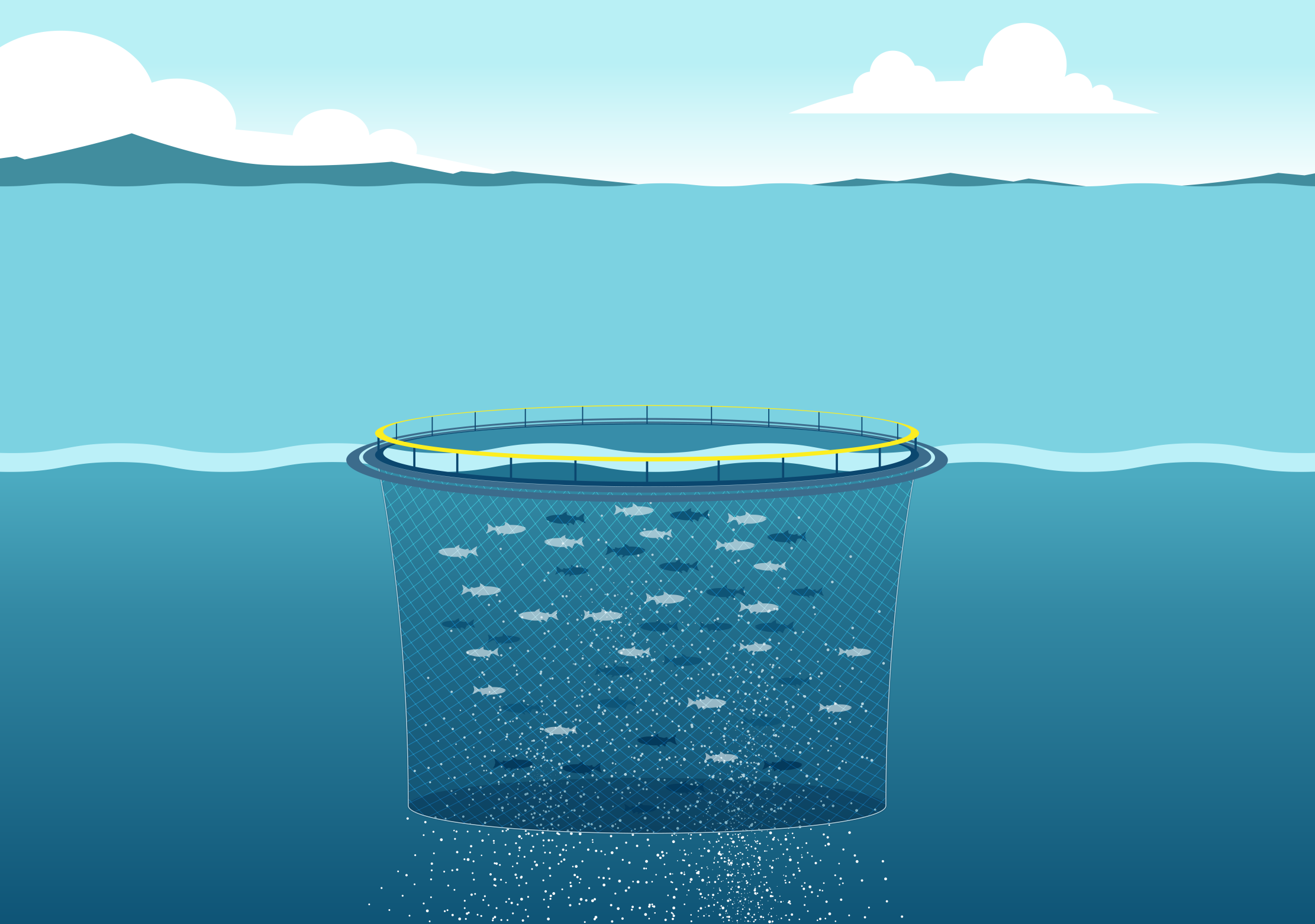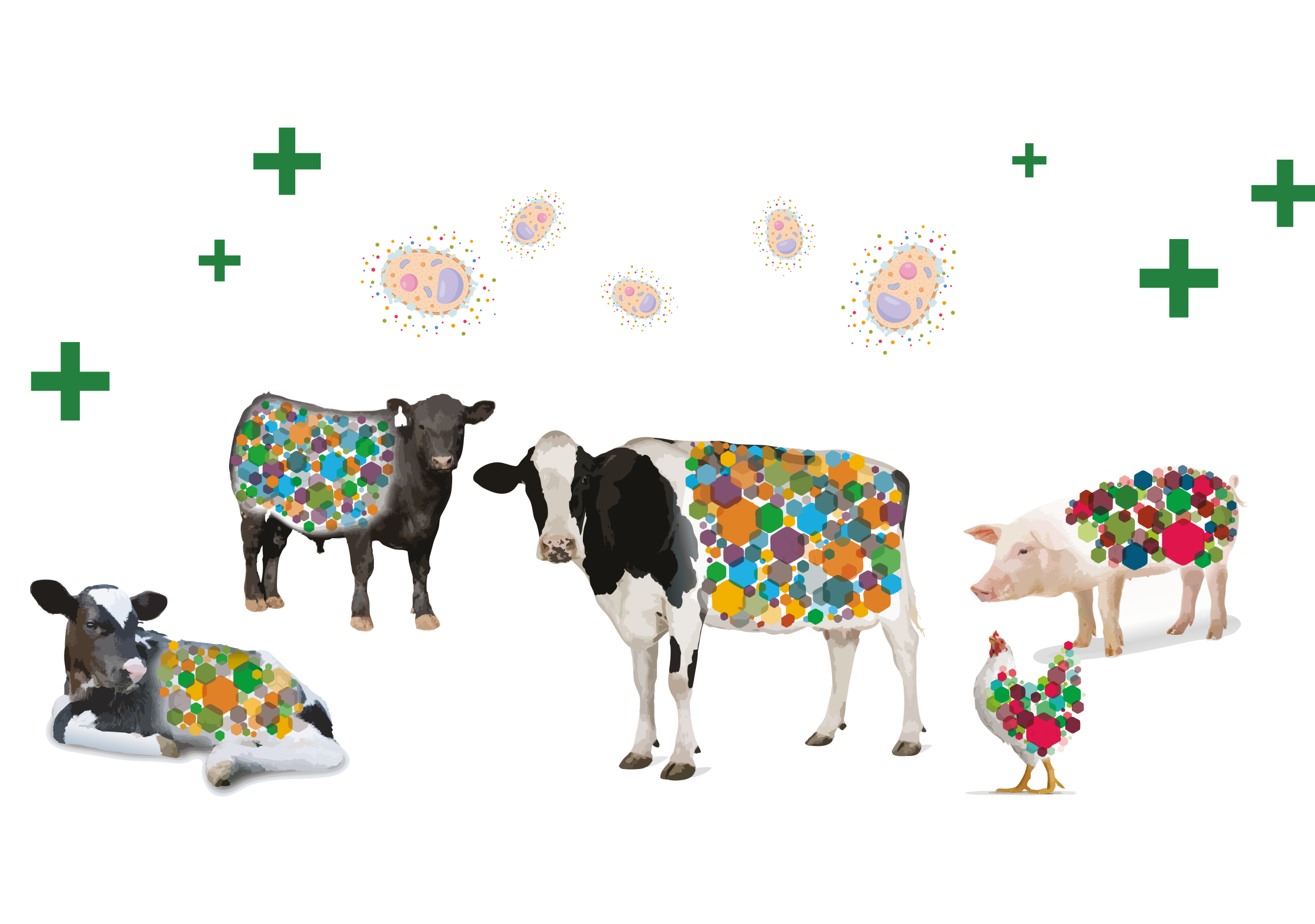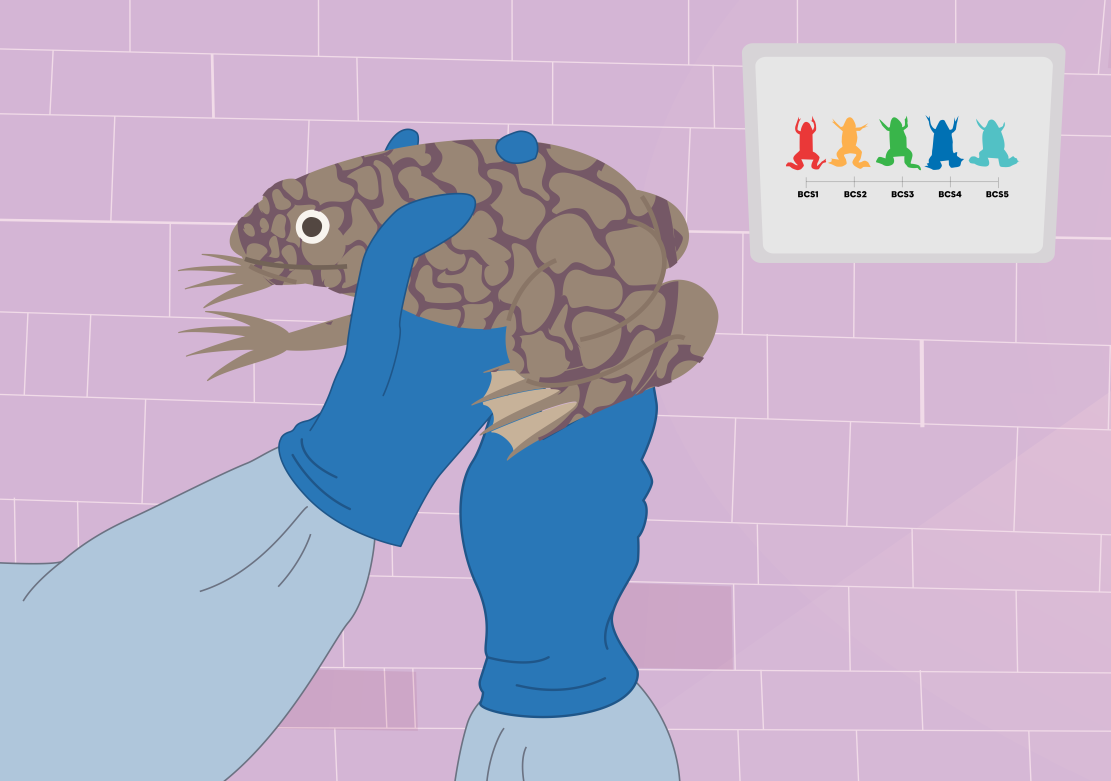The Next Generation Science Standards, or NGSS, guide teachers in their efforts to facilitate student ability to think like scientists and perform the intellectual work of science. The NGSS framework is organized into three key dimensions: Science and Engineering Practices, Disciplinary Core Ideas, and Crosscutting Concepts. These three dimensions are anchored in phenomenon-based experiences. This means that learners focus on observable phenomena grounded in the human-affected or natural world, rather than limiting students to theoretical questions or even simply answering other people’s questions. This video focuses on the first dimension of the NGSS: Science and Engineering Practices – or SEPs. Read More
While the SEP dimension offers some important points for improving science education, the guidelines it provides are complex and multi-faceted. As a result, many educators find them difficult to interpret and translate into tangible teaching practices.
To simplify the application of these guidelines in classroom environments, the SEP Toolkit was created to break them down into smaller accessible components as outlined in the NGSS framework. These aspects of the NGSS are not a checklist to be completed within a short amount of time. Instead, educators could introduce fewer components at once in their classes, focusing their students’ learning experience and direct engagement in the science process.
The SEP Toolkit can help educators to focus more clearly on students making sense of science concepts and practices at various grade levels, while also guiding the assessment of these skills.
In this case, we will focus on a particular engineering design challenge and what this looks like within the NGSS science and engineering practice, “Designing solutions for engineering”. To give you a tangible example of how the Toolkit can be applied in classroom environments, let’s focus at the 3 to 5 grade band in Component 3 of the SEP 6b guideline.
The NGSS urges the use of practical classroom activities that involve building, testing, and evaluating the design of an object, tool, or system. In addition to promoting greater classroom engagement, these practical tasks can help children to understand some of the basic principles of science and engineering by experiencing them first-hand, such as generating and comparing multiple solutions to a problem based on how well they meet the criteria and constraints of the design solution.
The students are first presented with a problem – which, for engineering design, is the PHENOMENON. For instance, a teacher shows children images of the tallest buildings worldwide featuring all sorts of sizes and designs.
The teacher then poses the challenge: given classroom materials, build the tallest tower that can withstand strong winds. The teacher then asks them to brainstorm about potential solutions to this problem, encouraging them to think critically and discuss their plan with their classmates.
Subsequently, the students experiment with tackling the problem in a safe setting, for instance building their model building, and testing the effectiveness of their solution. Finally, the students evaluate their design and refine it within a given time. This activity gives children the space to be creative and experiment with everyday materials, rather than giving them fixed instructions that they are expected to follow.
The SEP Toolkit allows educators to focus on specific skills and assess them more deeply. The key goal of the SEP Toolkit is to guide educators in enacting the NGSS SEP guidelines, breaking them down into more digestible components. The Toolkit aids the teacher in unpacking the complexity of the SEPs and provides a more focused approach to assessing specific skills. The Toolkit provides teachers with a scaffold for focusing on clear opportunities for students to engage in the actions of science.
Please see our website and other “how to” videos on the SEP Toolkit.







